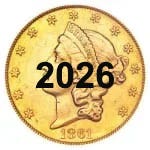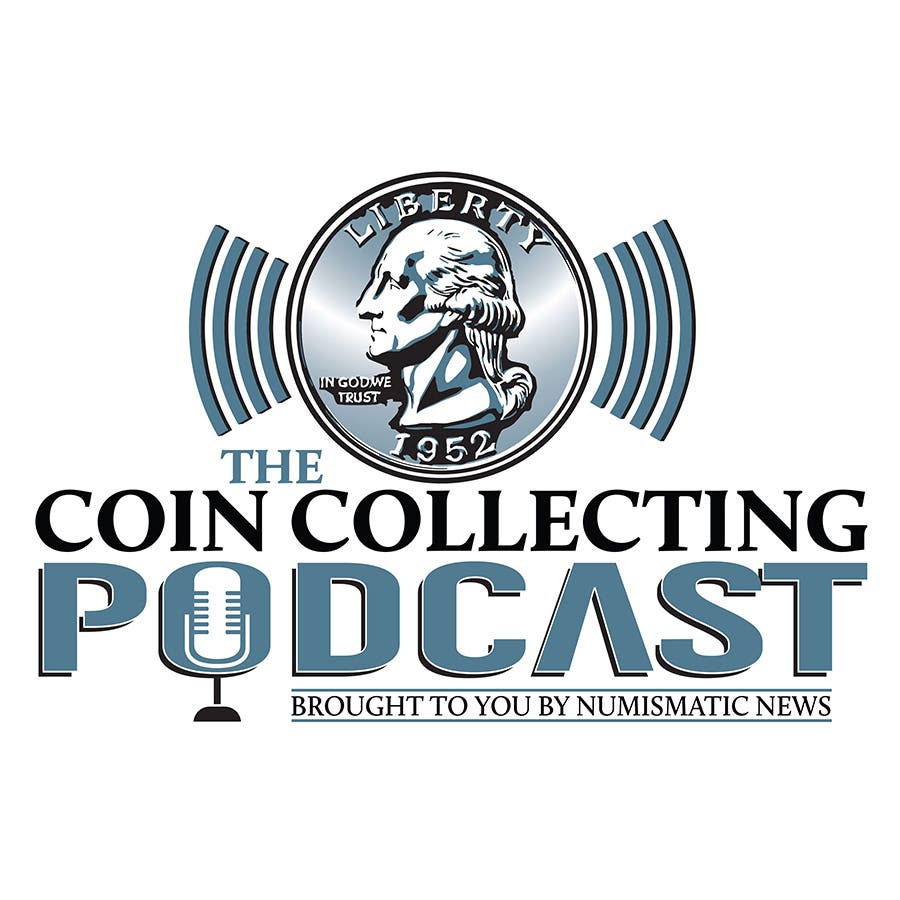By Richard Giedroyc
Coins remain as legal tender in Bangladesh, although it appears some banks are doing their best not to accept them.
According to a Jan. 11 announcement made by the Currency Management Department of the Bangladesh Bank, the central bank for that Asian nation, banks will be fined if it is learned they are refusing to accept coins.
According to the central bank’s circular, the decision was made to ensure regular and smooth transactions. The bank indicated there have been numerous newspaper reports of consumer complaints that local banks are refusing to accept their coins. The central bank considers this to be harassment of the public, hindering regular financial activities. Banks found guilty of refusing to accept legal tender coinage will be fined, according to the central bank circular.
Bdnews24.com quoted Acting Executive Director of the Currency Management Department Shuvankar Saha as saying, “A rumor circulating in the market that coins will become unacceptable will be reinforced if banks start refusing coins.”
Saha continued, “We had issued directives to the banks on this issue earlier. But we’re still getting complaints.”
The heart of the matter may be inflation. Bangladesh introduced its first treasury notes in 1972, followed by coins in 1973. The initial coins were issued in denominations of 5, 10, 25, and 50 poisha, with 100 poisha equal to one taka. A 1-poisha coin was introduced in 1974, followed by a 1 taka coin the following year. The 1-, 5, and 10-poisha coins are composed of aluminum, while the 25- and 50-poisha coins are composed of steel. The 1 taka coin is composed of copper-nickel.
In 1994 a steel composition 5 taka were introduced. Ten years later, in 2004, the intermittent denomination 2 taka coin followed. This too is comprised of steel.
Today none of the poisha denominated coins circulate very widely, although the 1, 2- and 5-taka are found in regular use.
Bangladesh introduced bank notes in 1972 in denominations of 1, 5-, 10- and 100 taka. A 50-taka was introduced three years later, followed by 500-taka in 1977 and 20-taka in 1980. The 1 taka treasury notes continued to be issued until 1993 despite a coin of the same denomination having existed along side it for 18 years. The 2-taka treasury note was introduced in 1989.
State Bank of Pakistan bank notes were in use prior to the war of liberation that ended in 1971. Pakistani bank notes continued to be used until the official establishment of the taka on March 4, 1972. At that time the taka was on par with the Pakistani rupee.
According to the MRI Bankers’ Guide to Foreign Currency, it took 21.76 Pakistani rupees to make one US dollar in 1991, while at the same time it took 36.48 taka to equal one dollar.
Today, according to the most recently published MRI guide, it takes 104.5 Pakistan rupees to equal one dollar, while it takes 77.7 Bangladesh taka to equal one dollar. While the taka has done better than has the rupee, the taka is worth less than half of what it was valued at in 1991.
This is a major reason why the small change coins of Bangladesh are seldom found in circulation. Their spending power has diminished significantly.
While the purchasing power of low value coins has decreased, Bangladesh changed its bank notes in 2011 and again in 2012 to reflect inflation with current denominations being issued in taka values of 2, 5, 10, 20, 50, 100, 500, and 1000. Sources indicate that at present the 1 and 5-taka notes are gradually being replaced with coins.
This article was originally printed in World Coin News.
>> Subscribe today or get your >> Digital Subscription
More Collecting Resources
• Come on down to the Chicago International Coin Fair in Rosemont, Ill. on April 14 to 17, 2016 to see impressive world coins, meet new collectors and participate in Heritage Auction’s fantastic coin auction.
• The Standard Catalog of World Coins, 1801-1900, 8th Edition is your guide to images, prices and information on the century's coins.









